
3 years ago · Leah Fogt · 0 comments
Social Work Month 2021: Social Workers are Essential
It’s that time of year again! Happy Social Work Month to my colleagues and friends in the field! This is always a great time to celebrate the profession and raise public awareness about what we do, and I’m really excited about this year’s theme.

The National Association of Social Workers (NASW) will help lead this year’s Social Work Month celebration in this month with the theme “Social Workers are Essential” to highlight the invaluable contributions social workers make in our society, especially as this nation addresses the Coronavirus pandemic.
The Social Work Month campaign will inform the public, policymakers, and legislators about the way the nation’s social workers each day meet people where they are and help them live to their fullest potential.
Social work is one of the fastest growing professions in the United States, according to the Bureau of Labor Statistics (BLS). There are currently about 700,000 professional social workers in our nation, but that number is expected to rise to more than 800,000 by 2029, BLS said.
Social work has been around for more than a century and has made significant contributions to our nation. For example, social workers such as social reformer Jane Addams, former Labor Secretary Frances Perkins, and civil rights leaders Dorothy Height, Whitney Young, and Ida B. Wells have helped Americans secure voting rights, equal rights, Social Security, unemployment insurance, and other programs.
You will also find social workers throughout society – protecting children from abuse and neglect, providing mental health and substance use disorder treatment, assisting active-duty military, veterans and their families, in schools, helping corporations better serve their communities, and in community organizations as well as in local, state and government.

I am frequently inspired by the dedication of my colleagues, as well as the students I mentor. During the Coronavirus pandemic social workers have been on the frontlines along with doctors, nurses, grocery store staff and other essential employees. In my fellow social workers observe a passion for service and the commitment to the dignity of others. In particular, over the last year, I have seen them rally to help our communities through crisis and discord. Helping with new challenges in food insecurity, employment, healthcare, education, and trauma, social workers have really had to get creative to be both safe and effective in serving our communities. I am inspired by the dedication of my colleagues on a daily basis.
However, the social work profession faces challenges. There is shortage of social workers in schools where they are needed to help young people cope with complicated issues such as trauma, poverty, the opioid addiction crises, and the need for more resources to help students learn during the pandemic.
And although social workers play a critical role in our nation’s health care and mental health system, they could be better compensated for the work they do, according to a 2019 report from the National Academies of Sciences, Engineering and Medicine. Safety concerns, title protection, research, and specialized training are areas of significant need in order to sustain the profession, increase our numbers, and hone our skills and knowledge.
So, during Social Work Month NASW will provide these a number of tools to help promote the profession and address some of the issues. I will be sharing some information about my work and the work of my colleagues through social media, so if you’re not already, please consider following my practice page.
When I was a senior social work student at The Catholic University of America, our student organization recognized Social Work Month with some fun t-shirts that said “Celebrate service! Hug a Social Worker!” While I don’t advise hugging your friendly social worker in this time of social distancing, please consider a “Thank you!” And to my colleagues, I send you all a very enthusiastic elbow bump!

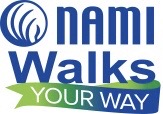







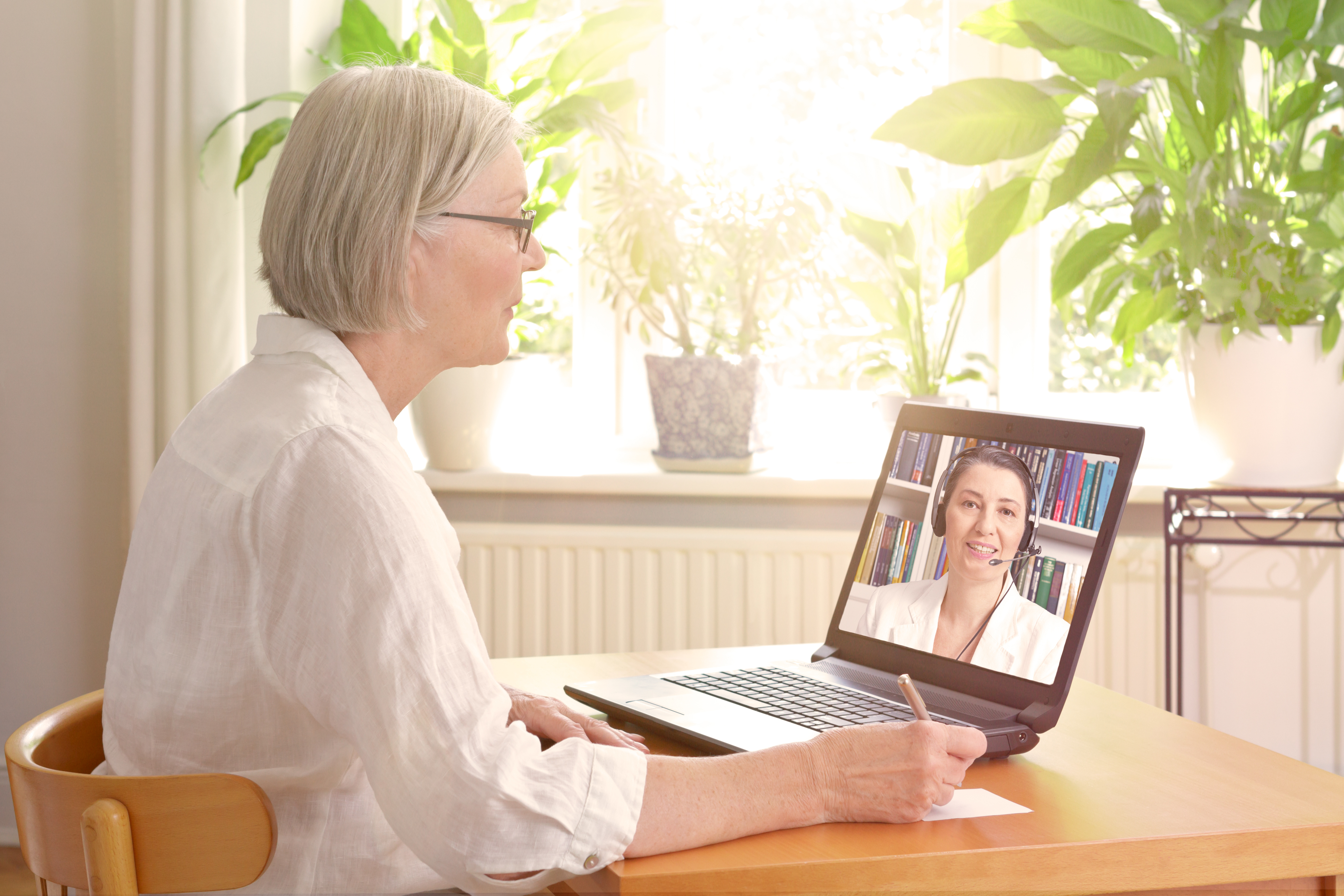






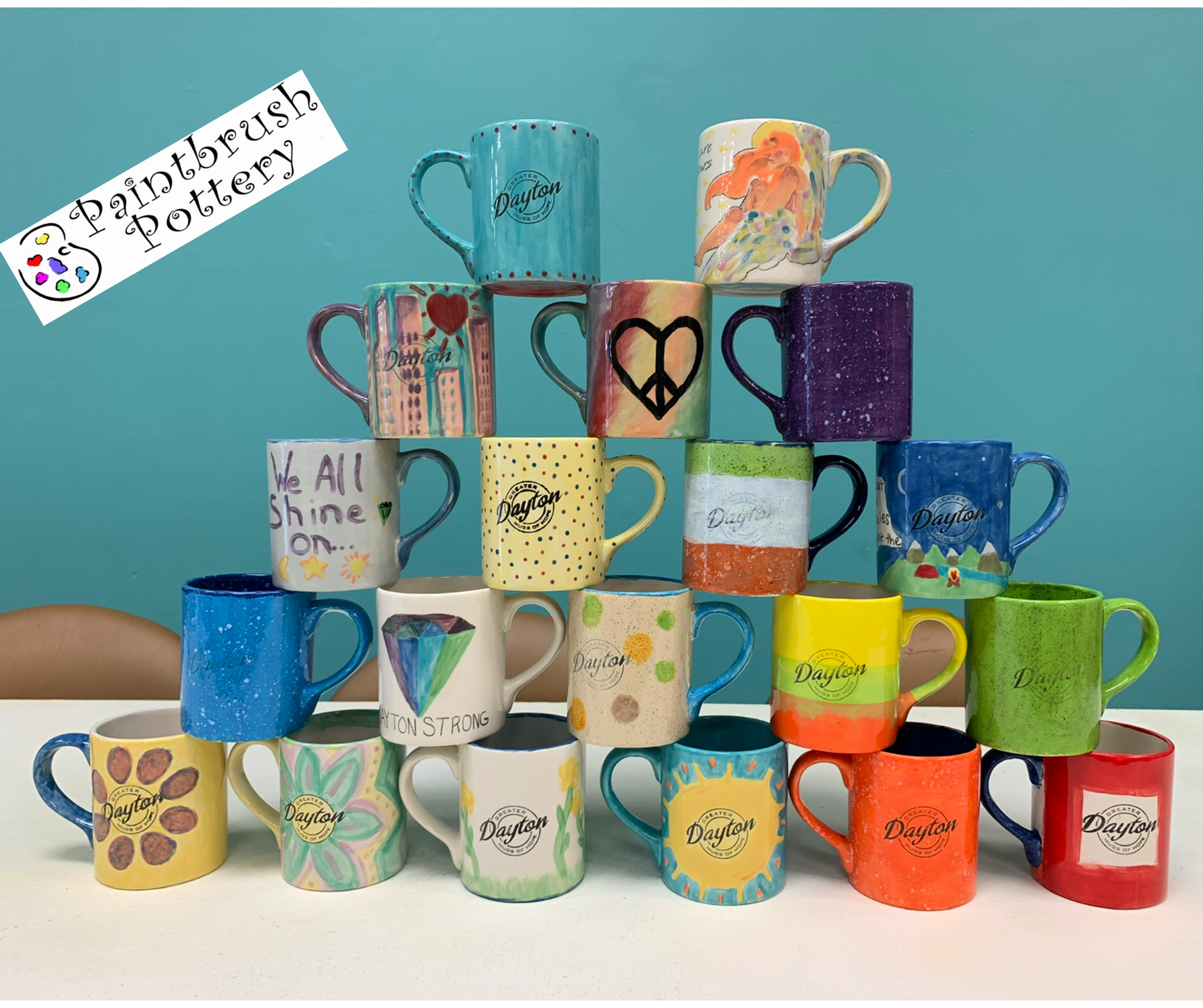









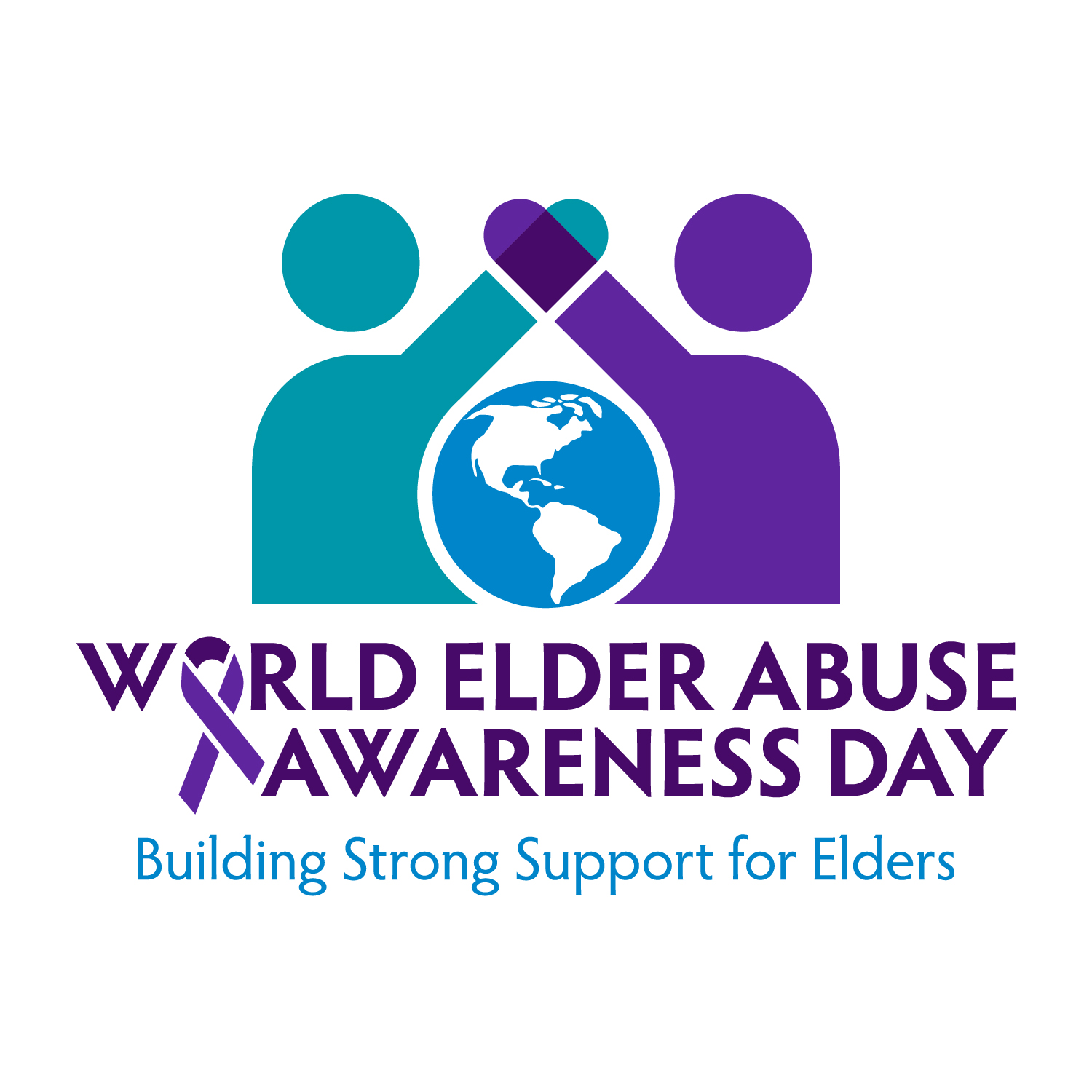

 As Americans, we believe in justice for all. Yet we fail to live up to this promise when we allow older members of our society to be abused or neglected. Older people are vital, contributing members of American society, and their maltreatment diminishes all of us. Just as we have confronted and addressed the social issues of child abuse and domestic violence, so too can we find solutions to address issues like elder abuse, which also threatens the well-being of our community.
As Americans, we believe in justice for all. Yet we fail to live up to this promise when we allow older members of our society to be abused or neglected. Older people are vital, contributing members of American society, and their maltreatment diminishes all of us. Just as we have confronted and addressed the social issues of child abuse and domestic violence, so too can we find solutions to address issues like elder abuse, which also threatens the well-being of our community.
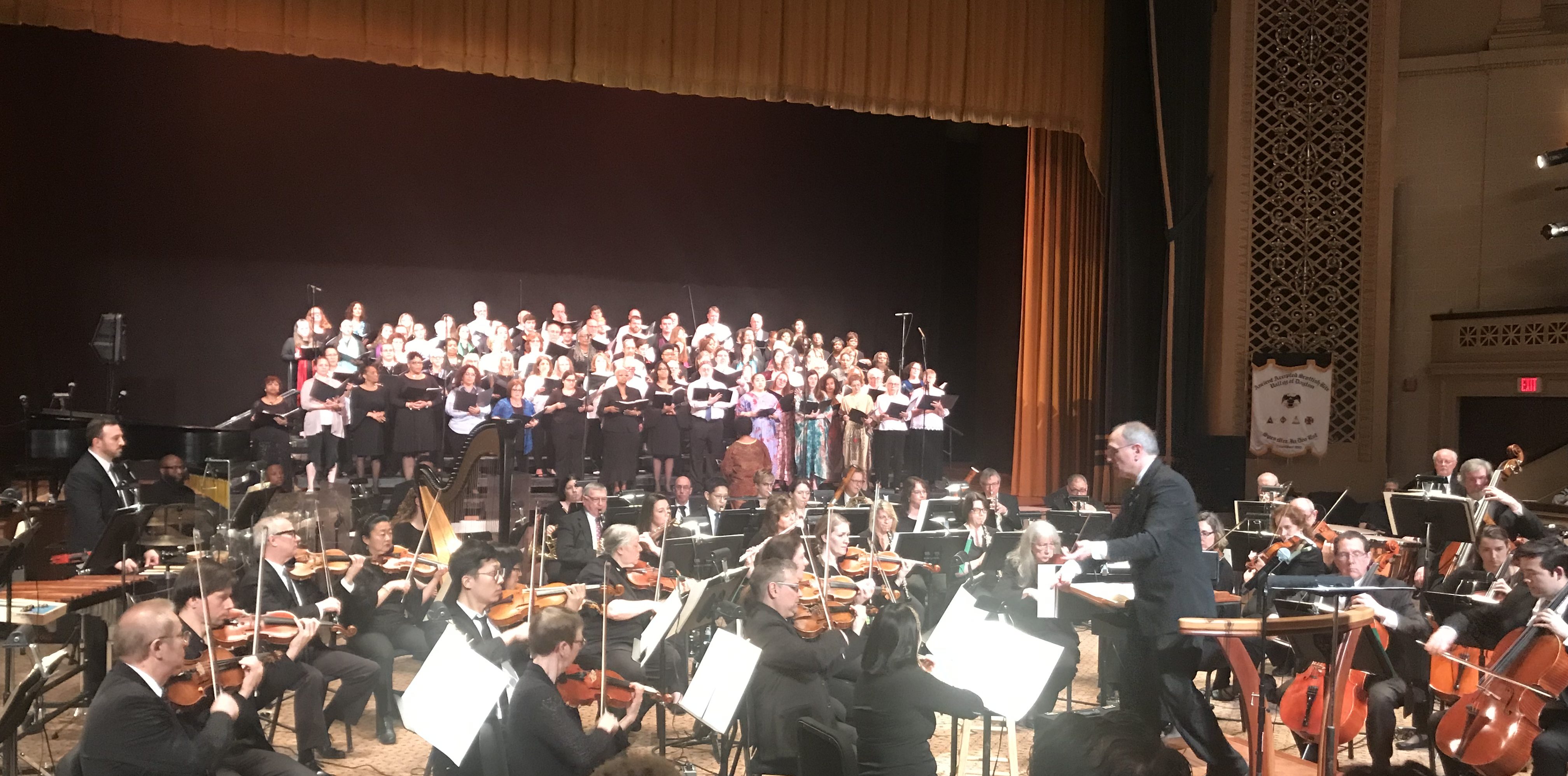



 I can attest to the many benefits of group singing from both my personal experiences and those shared with me by friends, family, and clients. Even for those who claim they are “not musically inclined” group singing can bring such joy and togetherness.
I can attest to the many benefits of group singing from both my personal experiences and those shared with me by friends, family, and clients. Even for those who claim they are “not musically inclined” group singing can bring such joy and togetherness.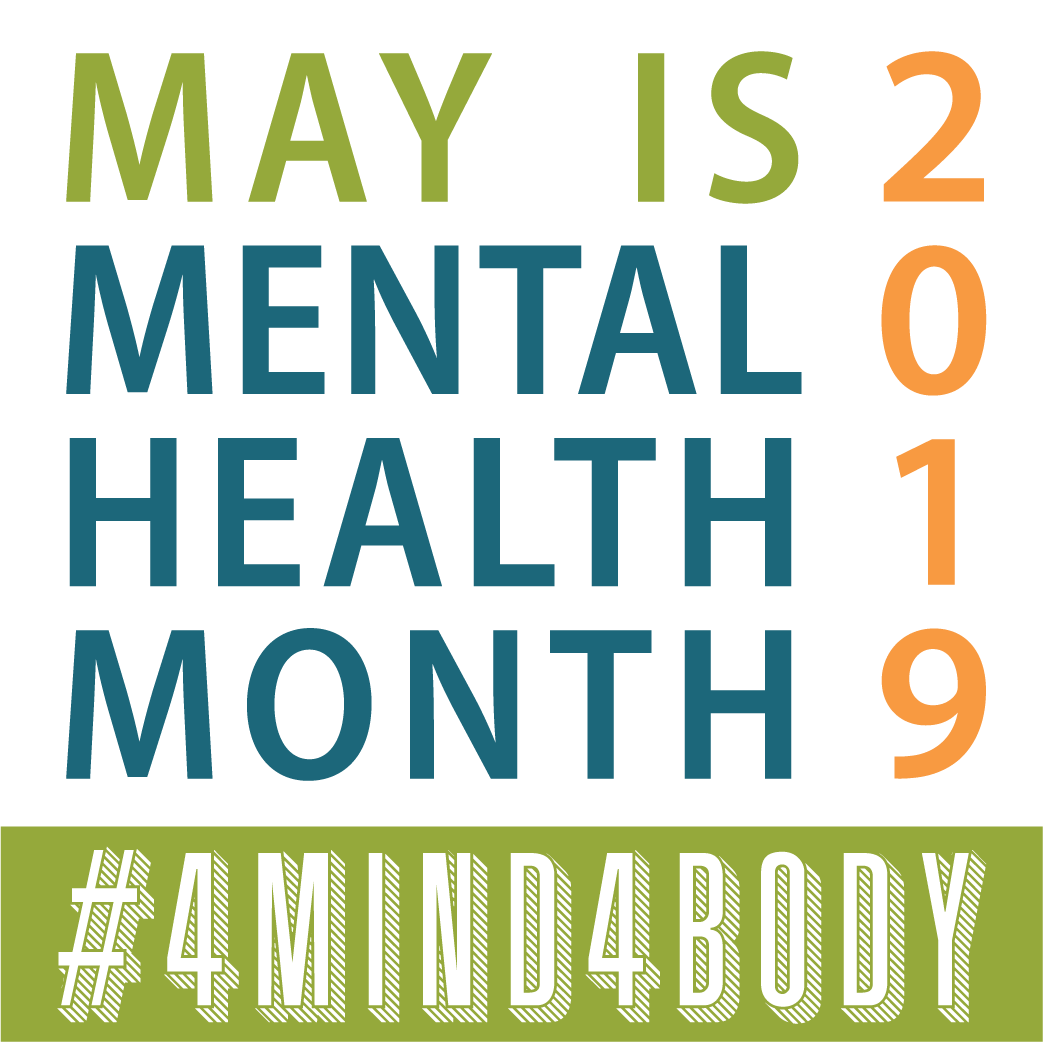
 Mental health is essential to everyone’s overall health and well-being, and mental illnesses are common and treatable. So much of what we do physically impacts us mentally – it’s important to pay attention to both your physical health and your mental health, which can help you achieve overall wellness and set you on a path to recovery.
Mental health is essential to everyone’s overall health and well-being, and mental illnesses are common and treatable. So much of what we do physically impacts us mentally – it’s important to pay attention to both your physical health and your mental health, which can help you achieve overall wellness and set you on a path to recovery.

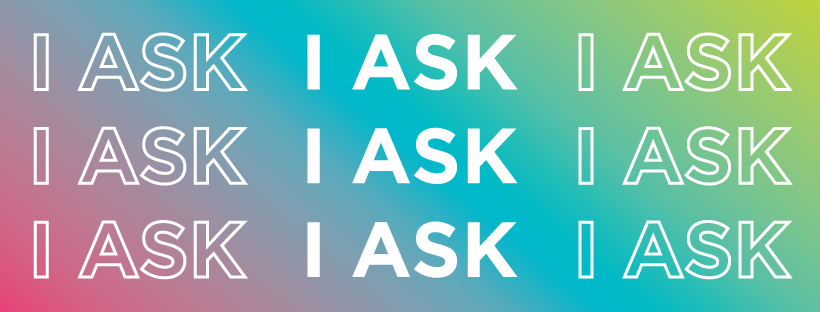
 The April marks the 18th annual Sexual Assault Awareness Month (SAAM) campaign. This year’s theme, “I Ask” builds on the idea that consent is a healthy, normal, and necessary part of everyday interactions. “I Ask” champions the power of asking — whether it be asking to hold someone’s hand, for permission to share personal information with others, or if a partner is interested in sex. It also highlights the importance of listening to and accepting the answer without pressuring someone to change their mind.
The April marks the 18th annual Sexual Assault Awareness Month (SAAM) campaign. This year’s theme, “I Ask” builds on the idea that consent is a healthy, normal, and necessary part of everyday interactions. “I Ask” champions the power of asking — whether it be asking to hold someone’s hand, for permission to share personal information with others, or if a partner is interested in sex. It also highlights the importance of listening to and accepting the answer without pressuring someone to change their mind.
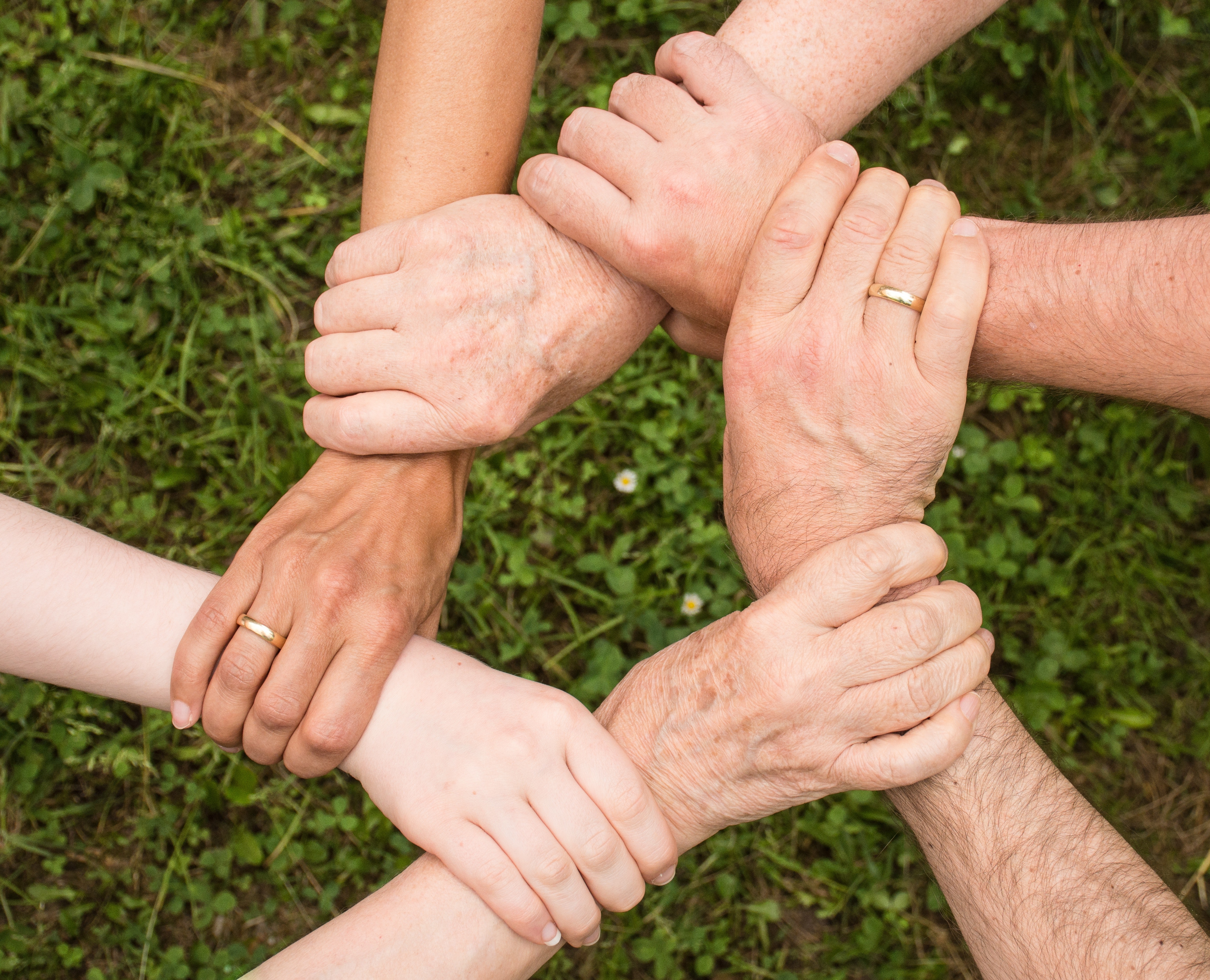
 April is National Child Abuse Prevention Month. The theme this year is “Strong and Thriving Families.” This month and throughout the year, we have the opportunity as individuals and organizations to play a role in making our community a better place for children and families. By ensuring that parents have the knowledge, skills, and resources they need to care for their children, we can help prevent child abuse and neglect by creating strong and thriving children, youth, and families in our communities.
April is National Child Abuse Prevention Month. The theme this year is “Strong and Thriving Families.” This month and throughout the year, we have the opportunity as individuals and organizations to play a role in making our community a better place for children and families. By ensuring that parents have the knowledge, skills, and resources they need to care for their children, we can help prevent child abuse and neglect by creating strong and thriving children, youth, and families in our communities. In support of these efforts, the U.S. Department of Health and Human Services’ Children’s Bureau, Office on Child Abuse and Neglect, its Child Welfare Information Gateway, the FRIENDS National Center for Community-Based Child Abuse Prevention and over 30 national prevention partners have created 2019 Prevention Resource Guide: Strong and Thriving Families. The resource guide, designed for service providers who work throughout the community to support families, is available online at
In support of these efforts, the U.S. Department of Health and Human Services’ Children’s Bureau, Office on Child Abuse and Neglect, its Child Welfare Information Gateway, the FRIENDS National Center for Community-Based Child Abuse Prevention and over 30 national prevention partners have created 2019 Prevention Resource Guide: Strong and Thriving Families. The resource guide, designed for service providers who work throughout the community to support families, is available online at